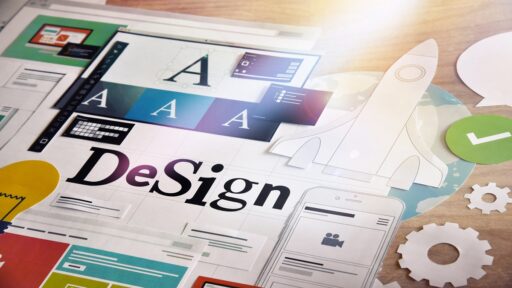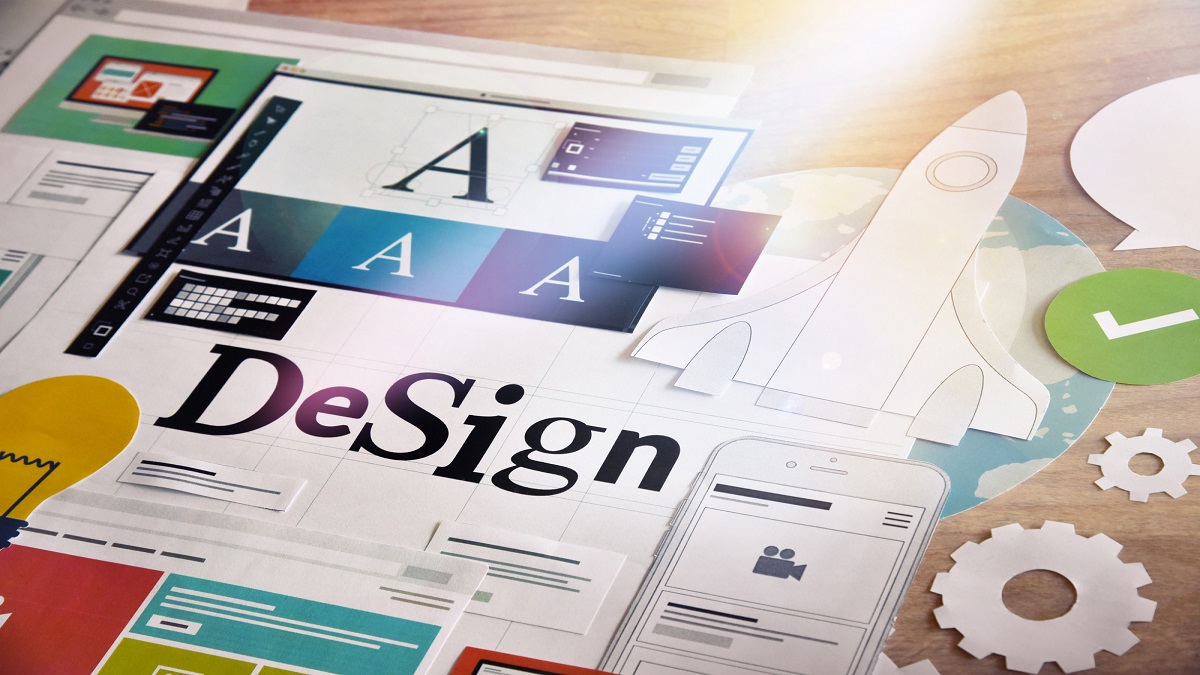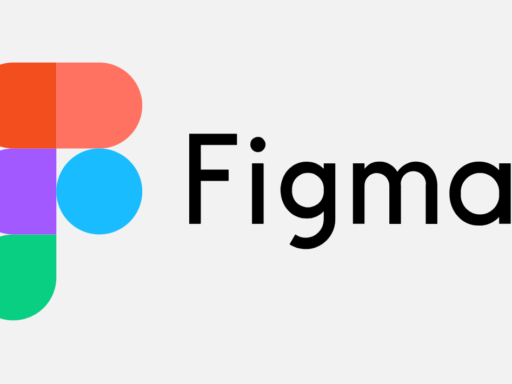In the ever-evolving landscape of digital design, staying updated with the latest tools and technologies is crucial for unleashing creativity and efficiency. As we step into 2024, several design tools have emerged as game-changers, revolutionizing the way designers conceptualize, create, and collaborate. Let’s delve into some of the trending designing tools that are shaping the future of creative expression.
1. Figma:
Figma continues to dominate the design world with its cloud-based collaborative platform. Its real-time collaboration features allow designers to work seamlessly together, irrespective of geographical barriers. From wireframing to prototyping and user interface design, Figma offers a comprehensive suite of tools that streamline the entire design process. Its popularity stems from its versatility, accessibility, and constant updates that address the evolving needs of designers.
2. Adobe XD:
Adobe XD has established itself as a formidable competitor in the realm of UI/UX design tools. With its intuitive interface and robust feature set, Adobe XD facilitates rapid prototyping and interactive design. Its integration with other Adobe Creative Cloud apps enables designers to seamlessly transition between different stages of the design workflow. The recent addition of voice prototyping and auto-animate features has further elevated its appeal among designers.
3. Procreate:
For digital illustrators and artists, Procreate has become the go-to app for unleashing their creativity on the iPad. With its powerful drawing and painting tools, customizable brushes, and fluid interface, Procreate offers a digital canvas that closely mimics the experience of traditional art mediums. The constant updates and community-driven content make Procreate a dynamic platform for artists to explore and push the boundaries of their creativity.
4. Sketch:
Despite facing stiff competition, Sketch remains a favorite among many UI/UX designers, especially those working in the macOS ecosystem. Known for its simplicity and focus on interface design, Sketch provides an extensive library of plugins and integrations that enhance its functionality. Its vector-based workflow and robust symbol management system make it ideal for designing responsive interfaces for web and mobile applications.
5. Blender:
Blender has emerged as a powerhouse in the realm of 3D modeling and animation software. With its open-source nature and a thriving community of developers and artists, Blender offers a feature-rich suite of tools for creating stunning visual effects, animations, and immersive experiences. Its recent advancements in real-time rendering and sculpting capabilities have positioned Blender as a formidable competitor to proprietary software like Maya and 3ds Max.
6. Canva:
For non-designers and small businesses looking to create professional-looking graphics without the steep learning curve, Canva has become a go-to solution. Its user-friendly interface, vast library of templates, and drag-and-drop functionality empower users to design anything from social media graphics to presentations with ease. Canva’s collaboration features and built-in publishing options make it a convenient choice for teams working on marketing collateral and branding materials.
The world of design is constantly evolving, driven by technological advancements and changing user expectations. The aforementioned tools represent just a glimpse of the diverse ecosystem that empowers designers and creatives to bring their ideas to life. Whether you’re a seasoned professional or a budding enthusiast, embracing these trending designing tools can enhance your workflow, foster collaboration, and unleash your creative potential in 2024 and beyond.






